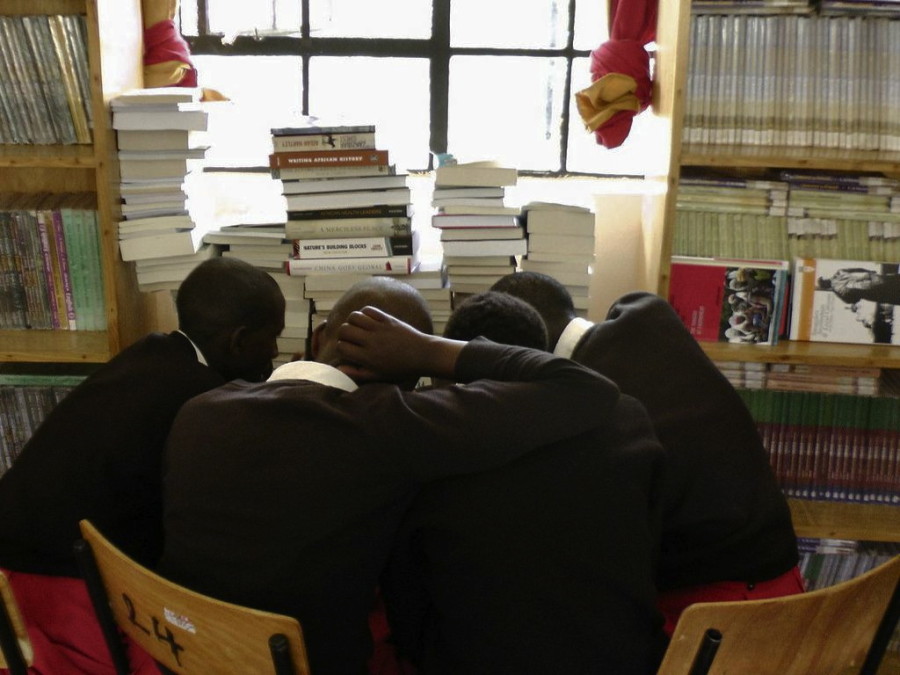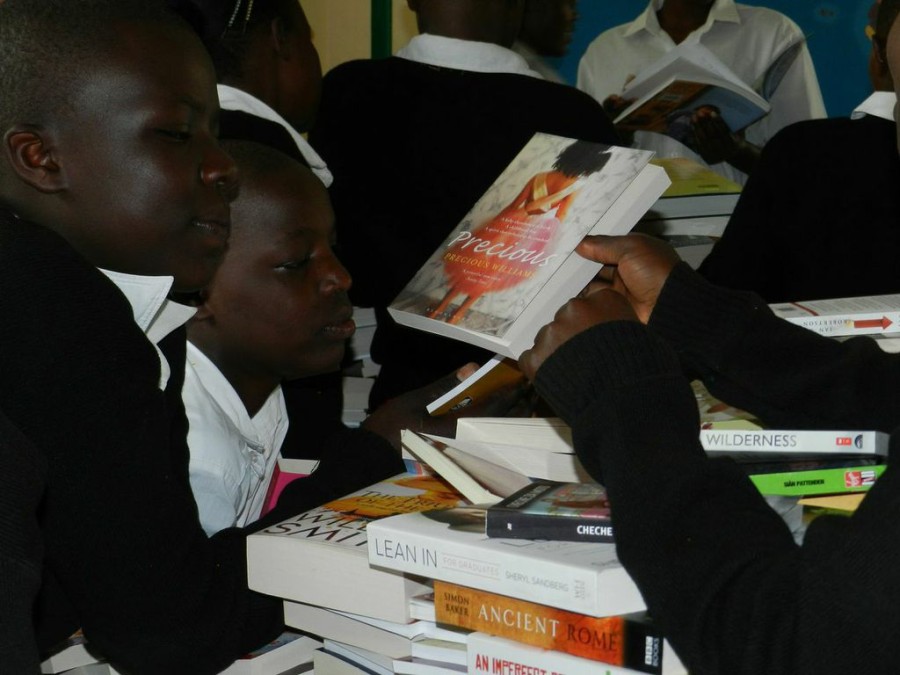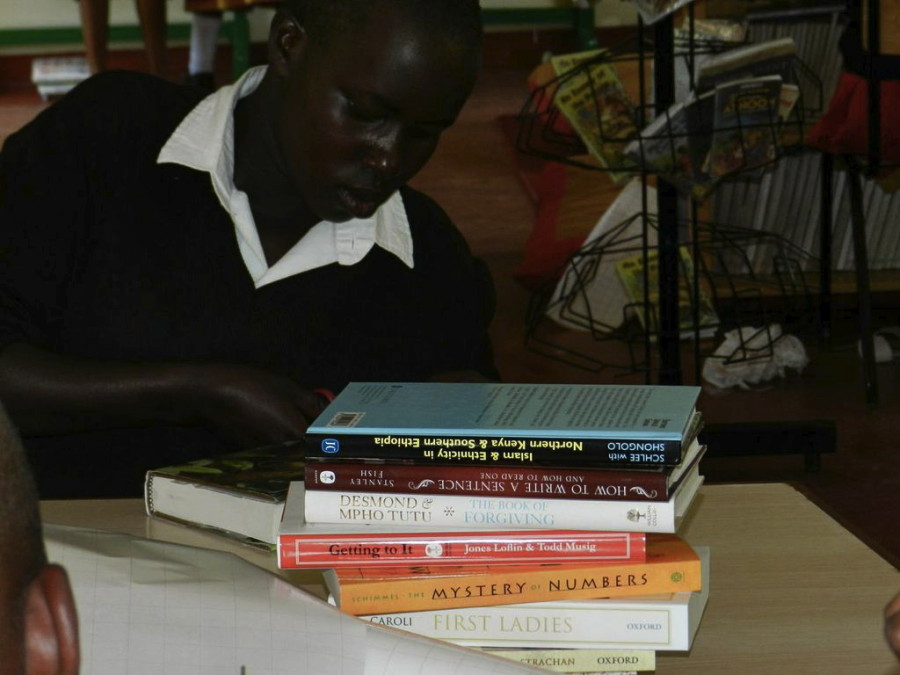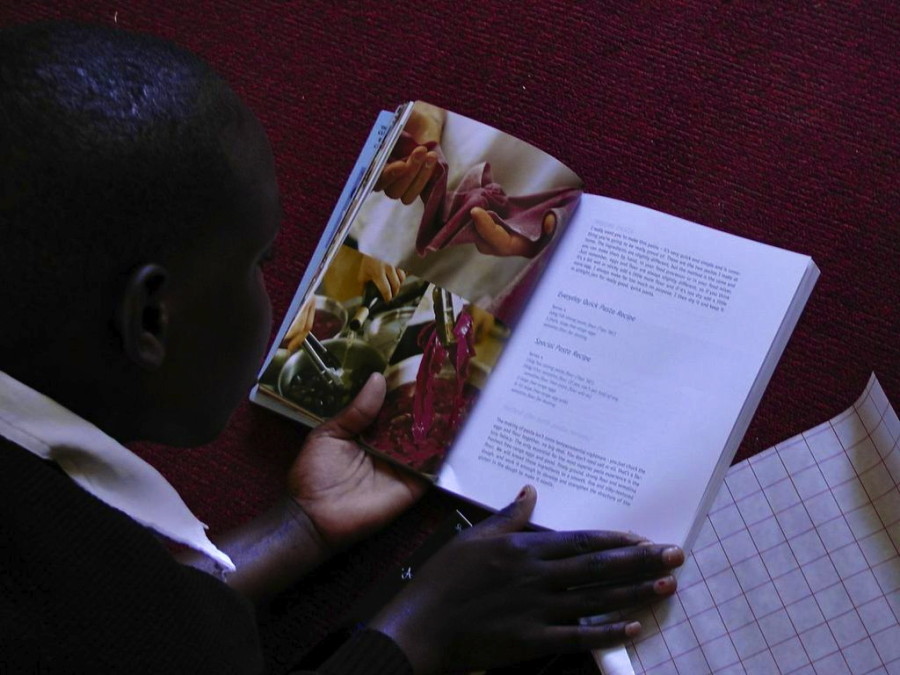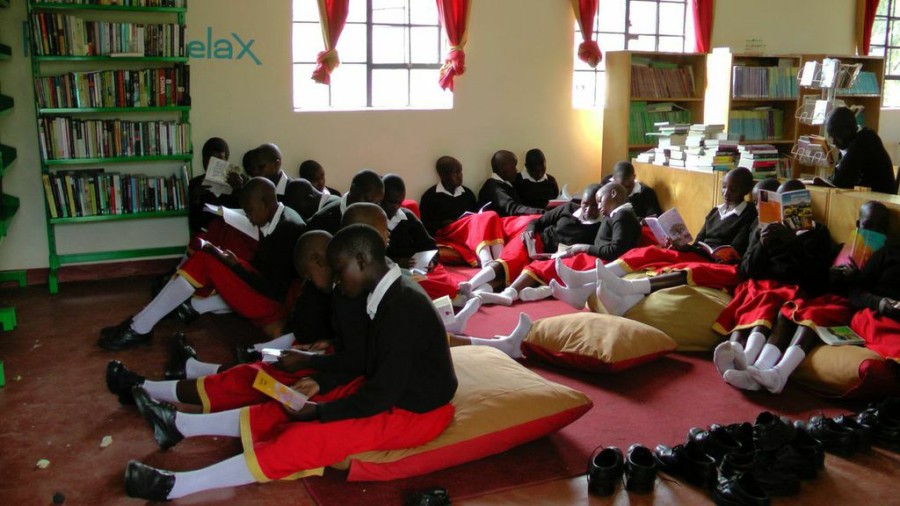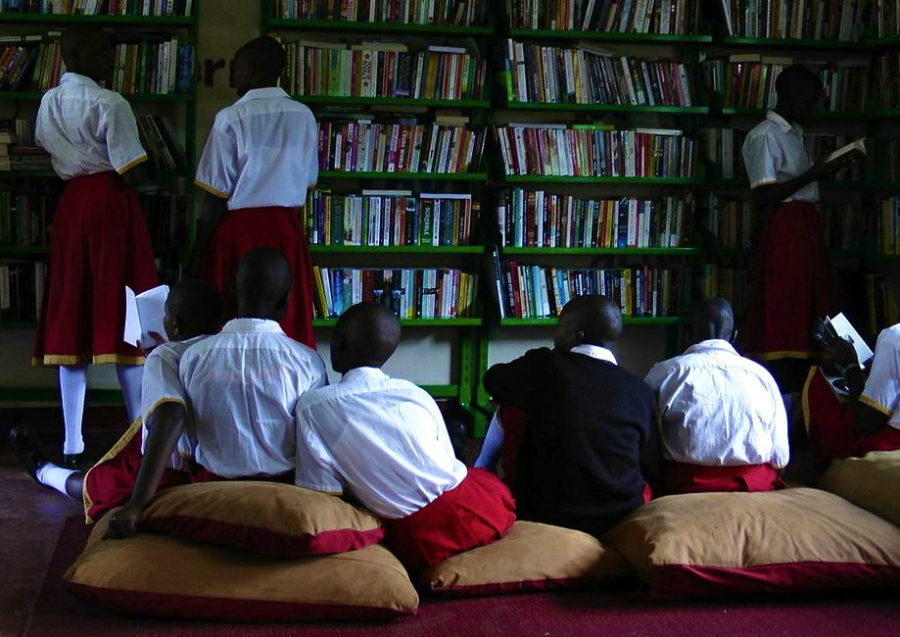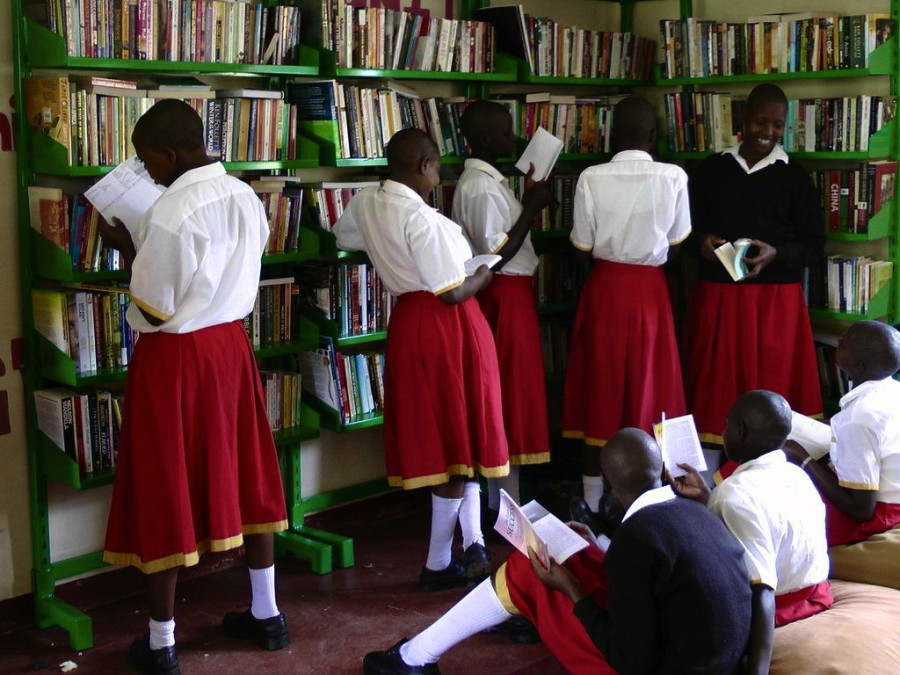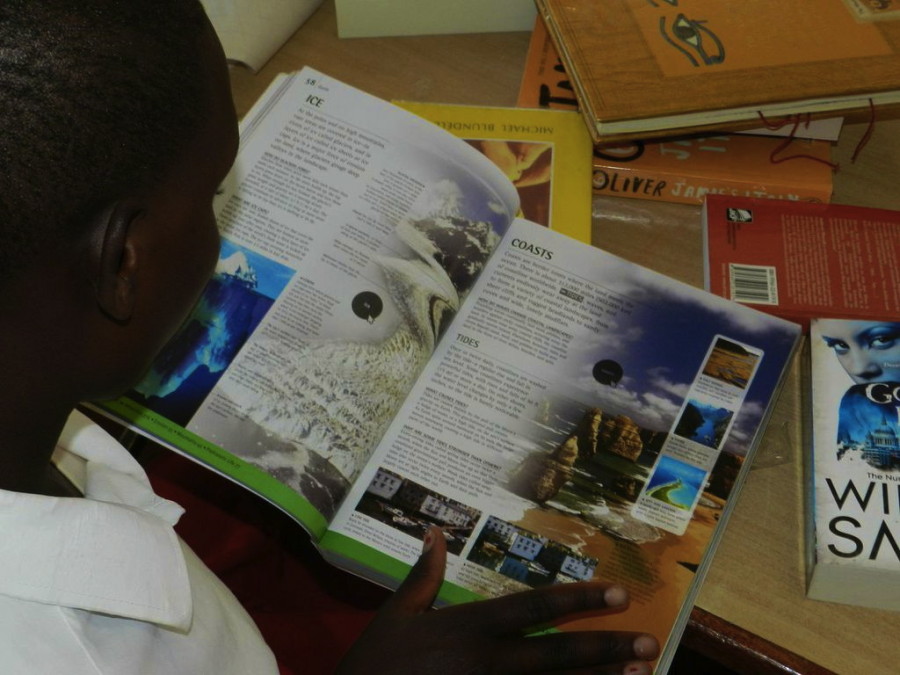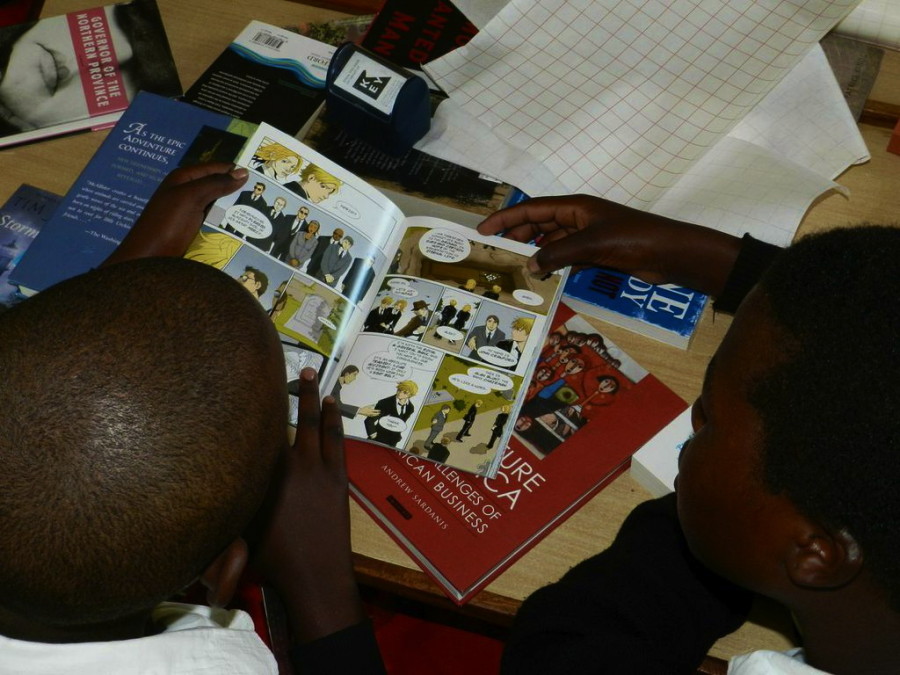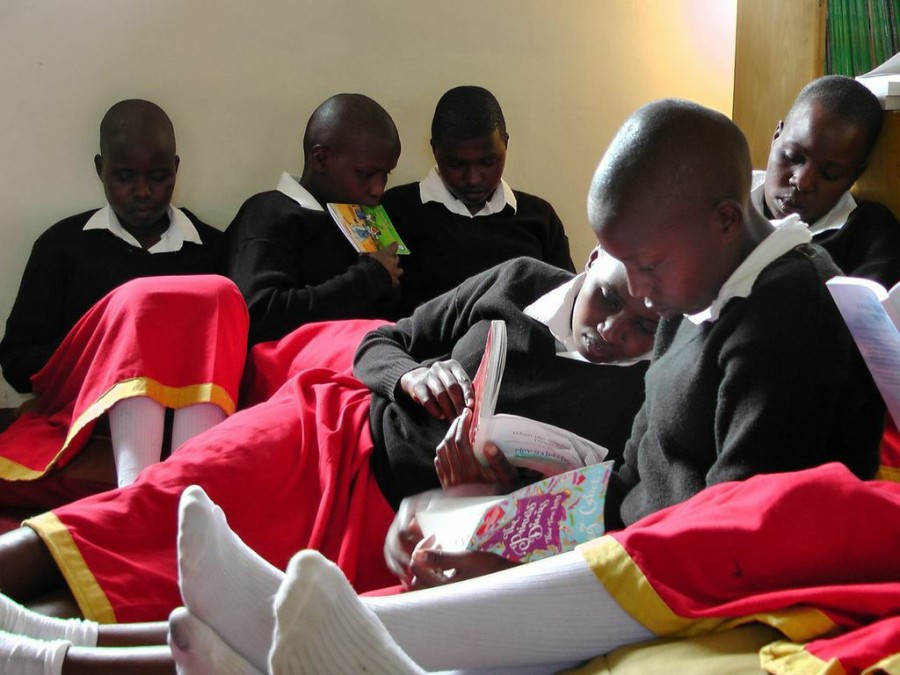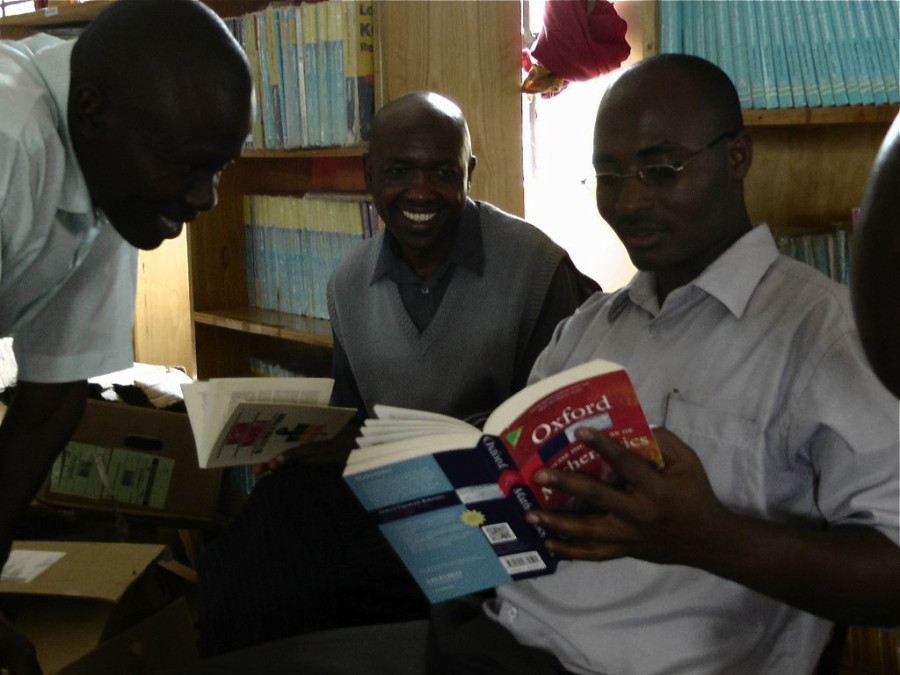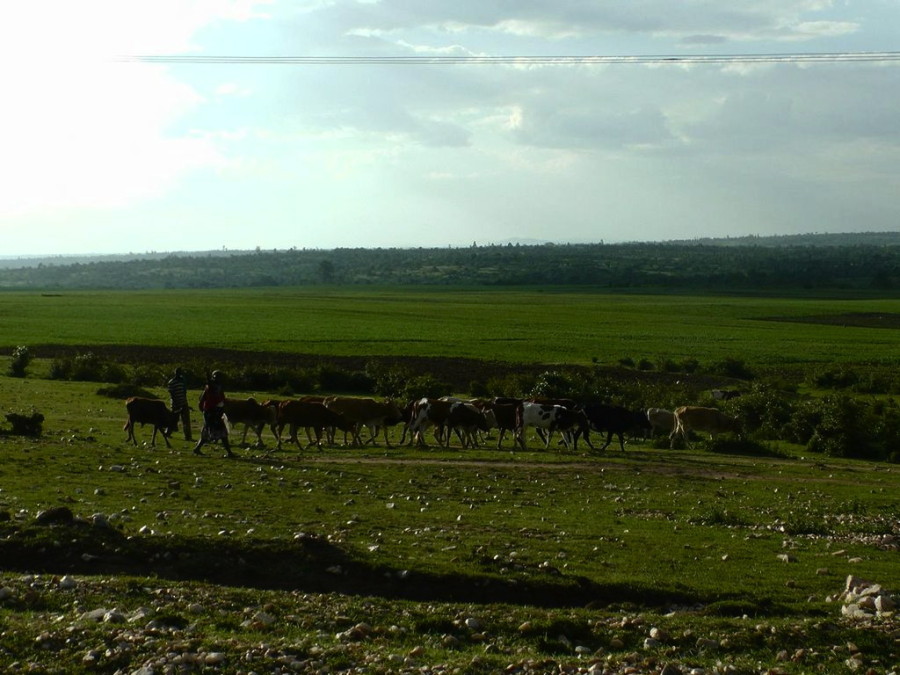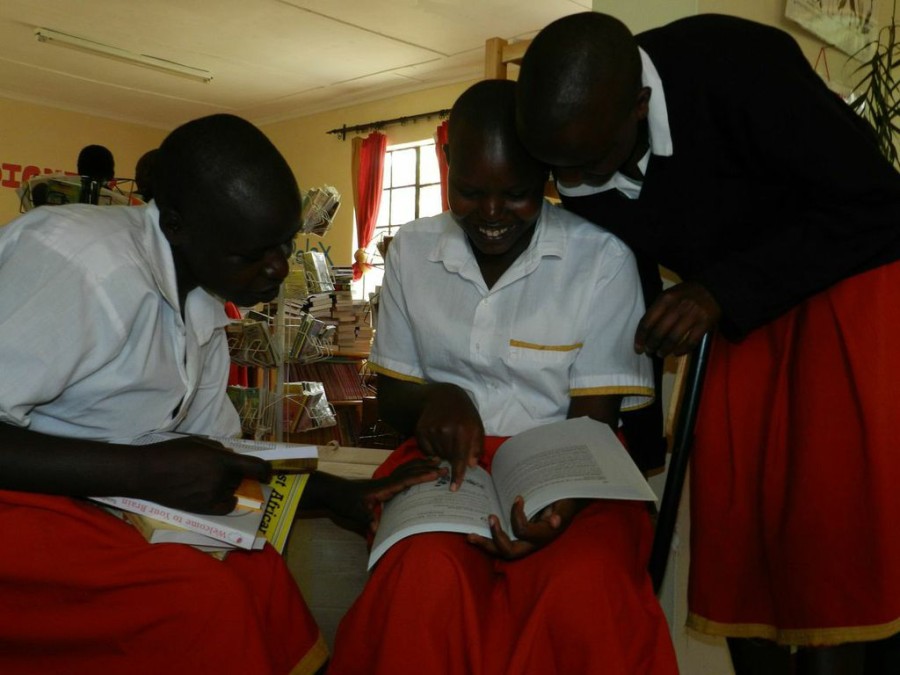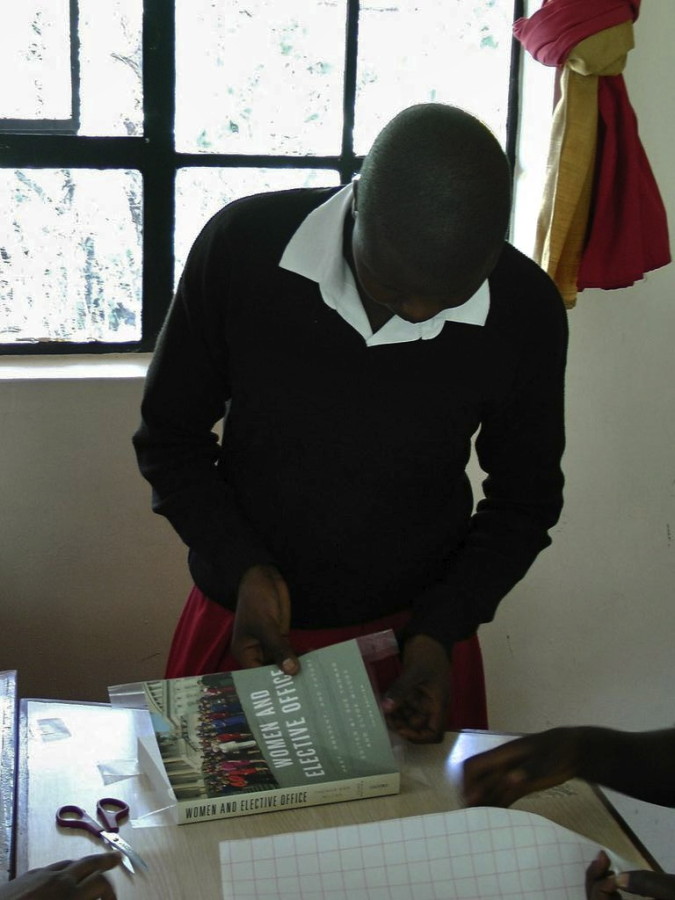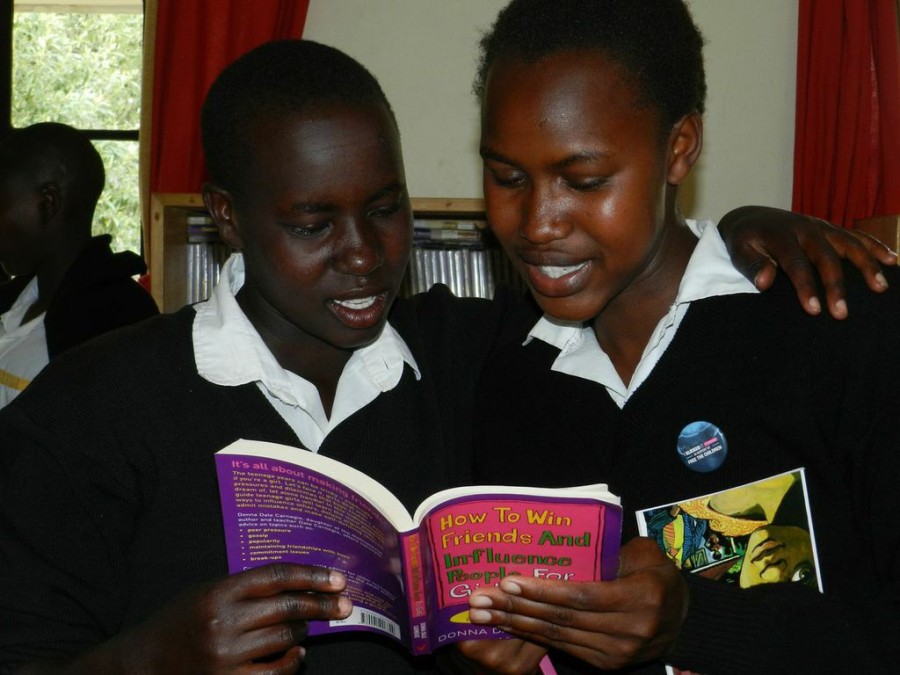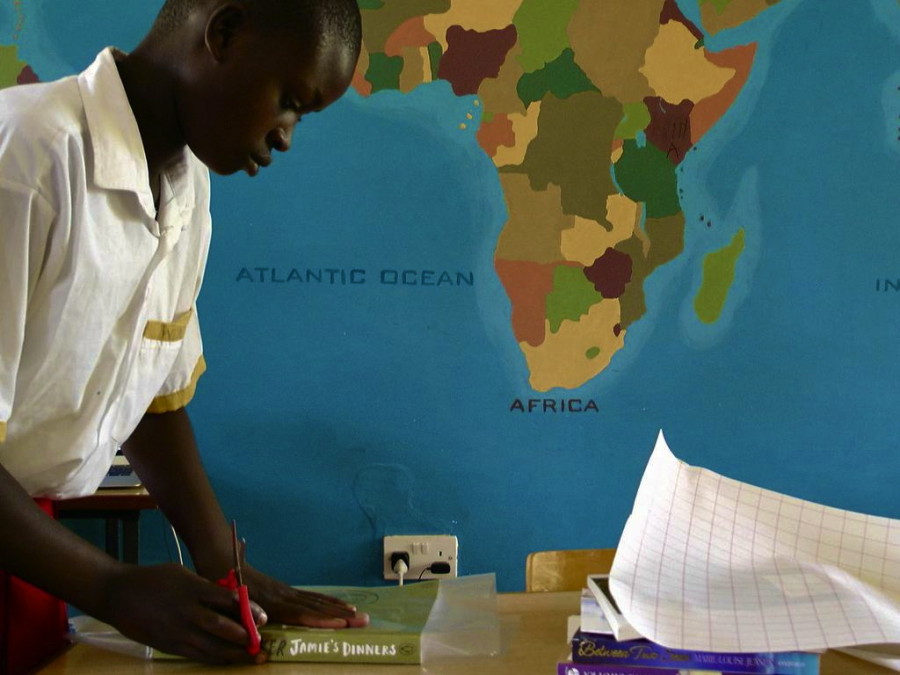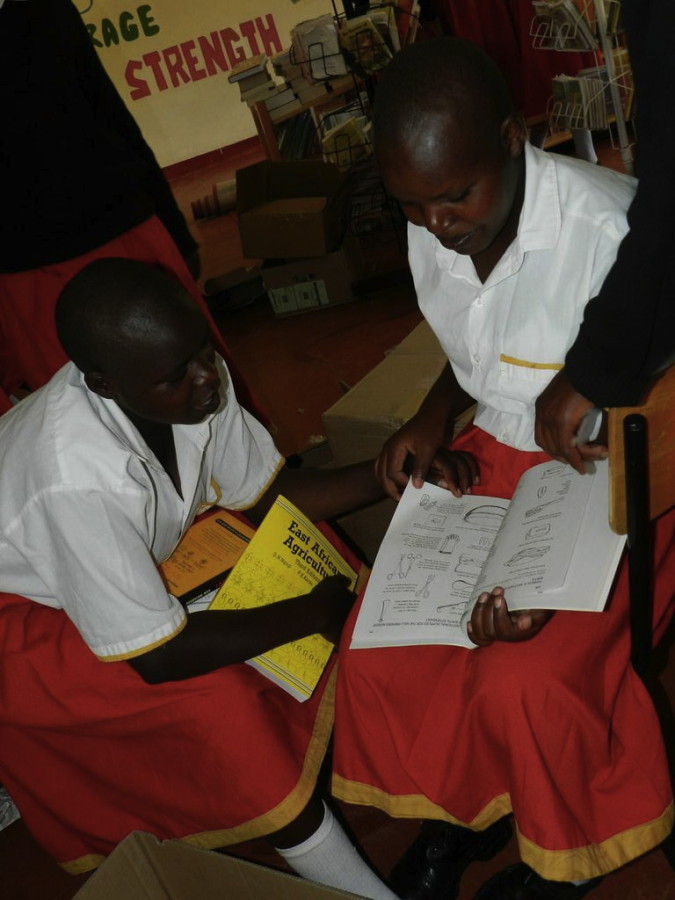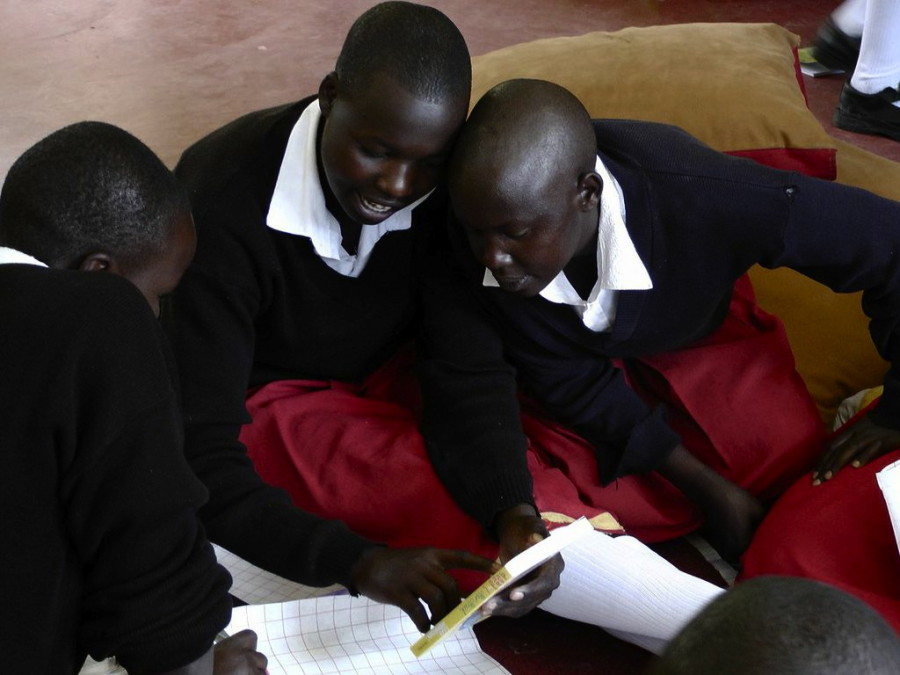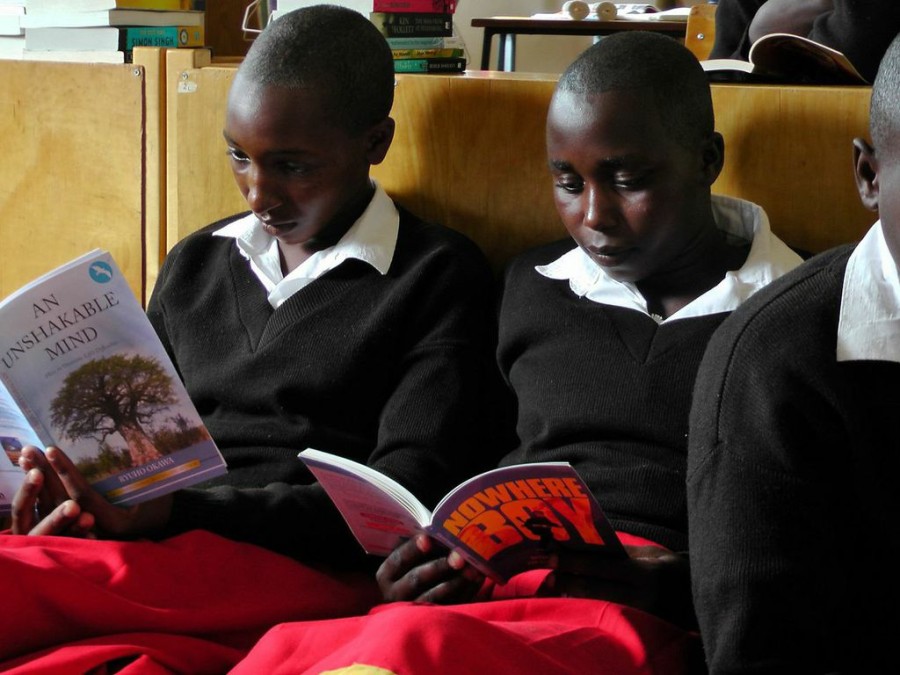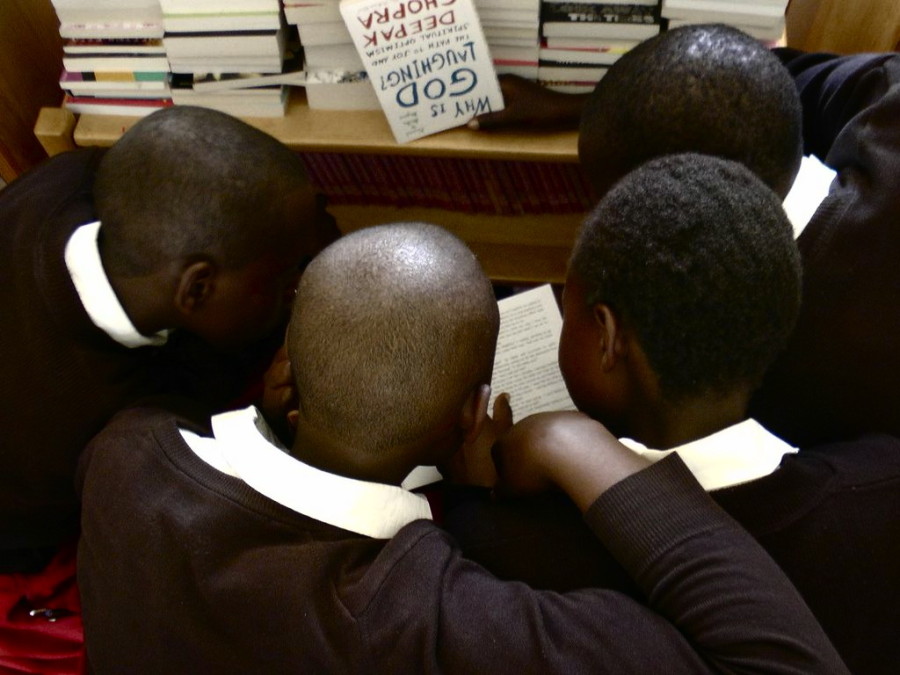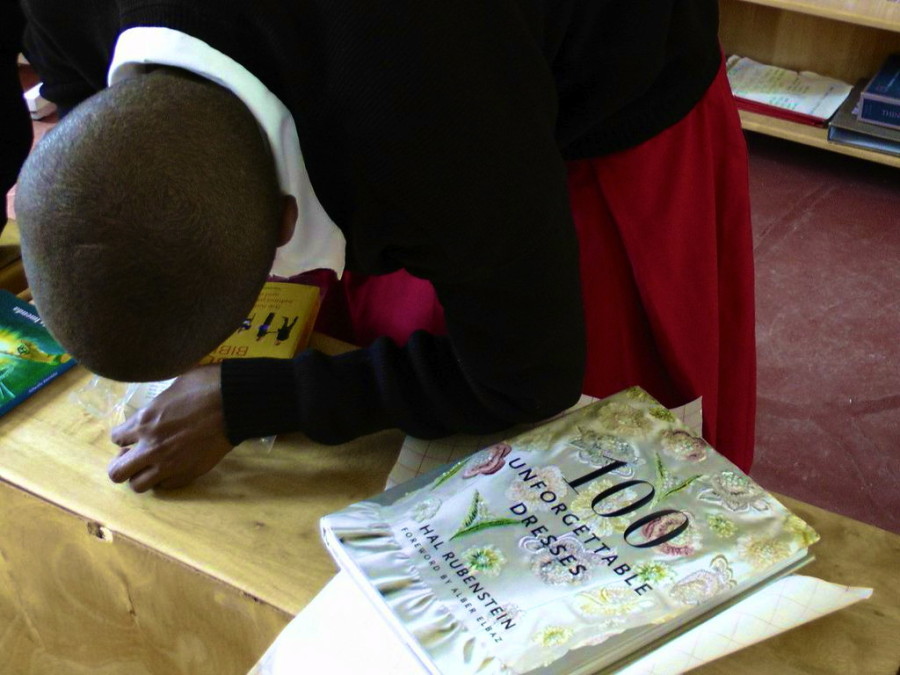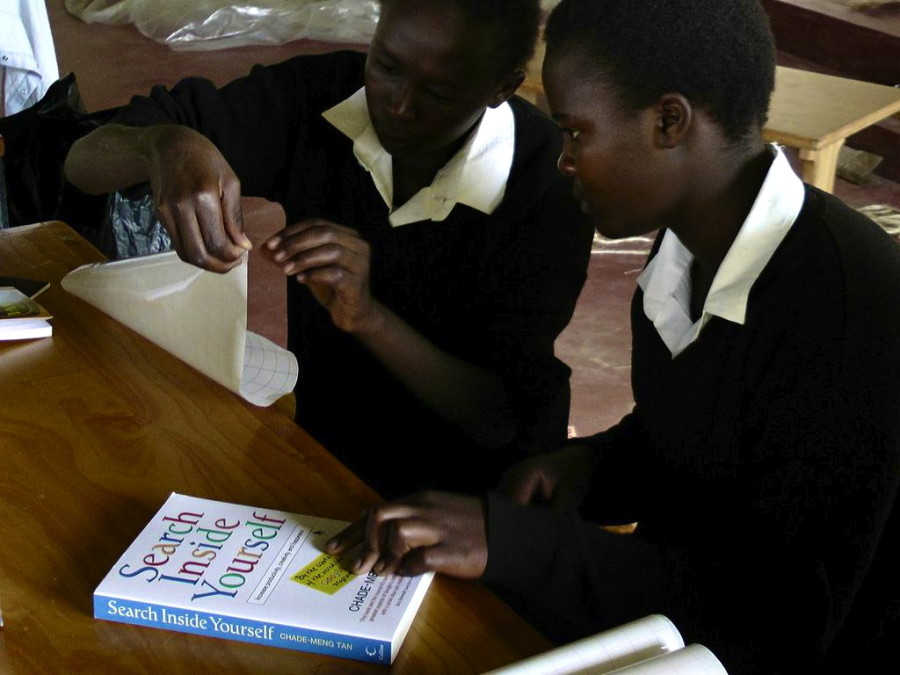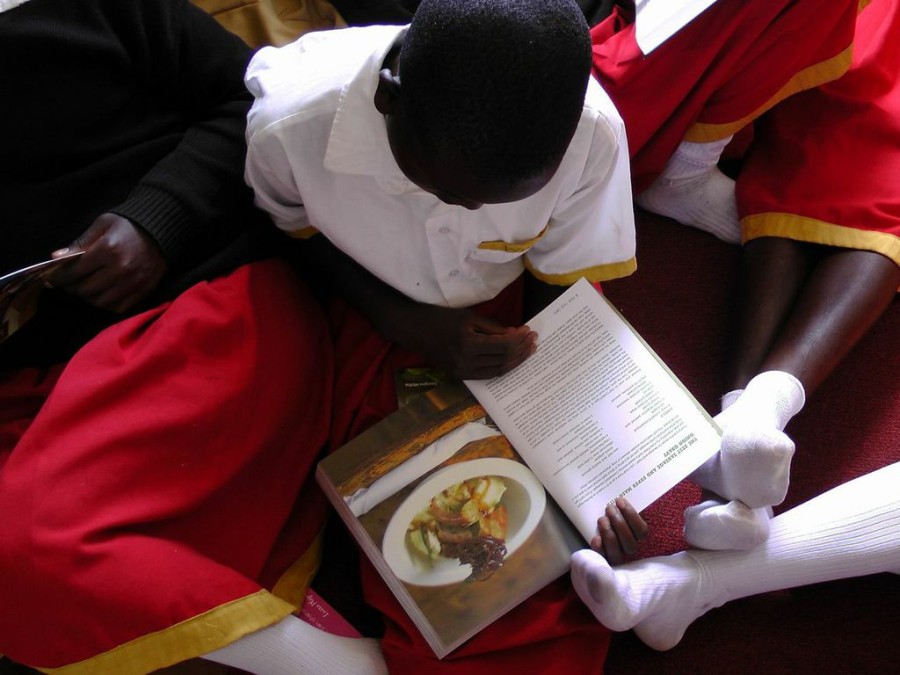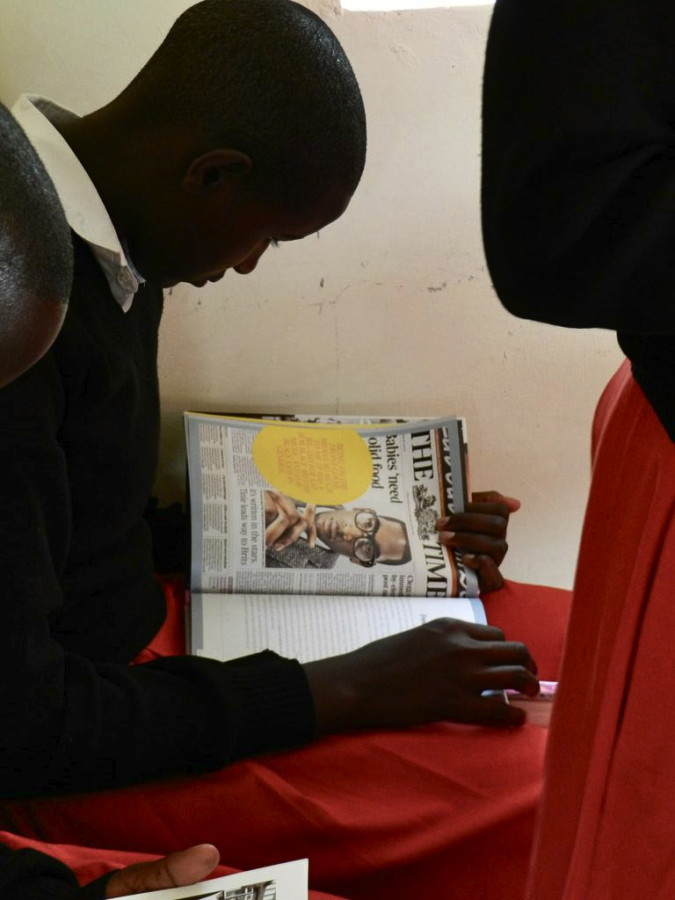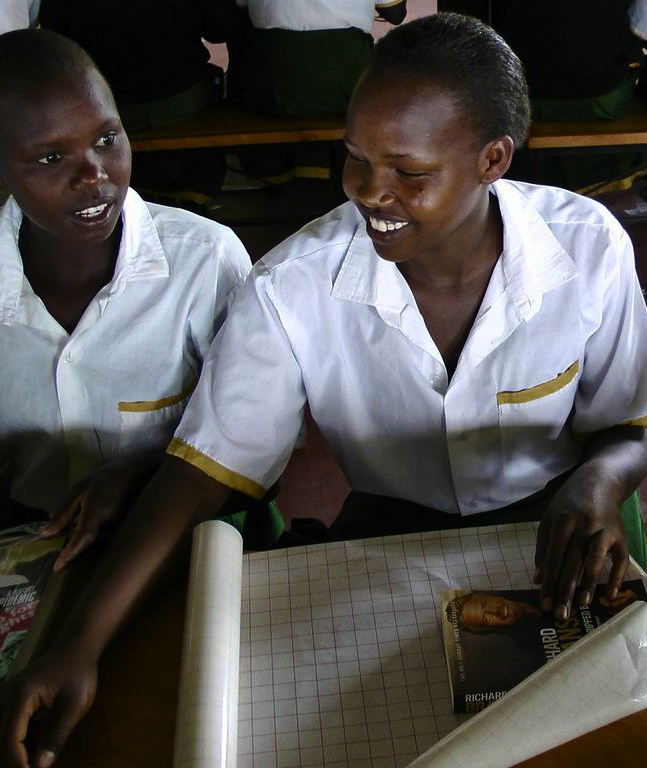Since the KEY Team came back two weeks ago from setting up the libraries at Oleleshwa and Kisaruni Girls Secondary Schools, we have not been able to stop talking about how impressive the girls and teachers were, and how inspiring the educational model of Free the Children (the NGO that oversees these schools) is. Our experience was one that put wind in our sails, understanding what can be done if the right educational model is in place. What we saw showed that the background of the students, and their capabilities upon entering the school, mean nothing when good teaching methods, devoted teachers, a wonderful Principal, and a strong, dedicated NGO like Free the Children is in place. It was the ideal setting to donate libraries to, and one we loved so much for the following reasons:
1. Phenomenal teachers. The teaching staff at the Free the Children schools are carefully selected to favor those who show a true passion for education, commitment to overcoming obstacles, and patience for instilling the learning process amongst the students. These schools are the first time I have seen such a method applied so effectively across so many schools (often the philosophy is there, but it is not manifested completely)
2. Active Learning. Instead of the rote learning usually used at Kenyan schools, the Free the Children model bases teaching off of active learning. This means the students are encouraged to debate and participate, to experiment, to ask questions. Classes are kept small, and learning in circles is encouraged.
3. Carolyn Moraa, the Head Teacher of both Oleleswha and Kisaruni (she is so amazing the schools opted to share her rather than have someone else take over one). Carolyn is one of those people that makes you feel refreshed, energized, and inspired after spending even just 5 minutes with her. As our interns (all Precious Blood graduates who have an equally amazing Head Teacher) noted, if every school in Kenya had a Head Teacher like Carolyn, Kenya would be a world leader in education.
4. Giving back to the community. Part of the Free the Children philosophy practiced at all their schools is an emphasis on the students engaging in volunteer work in their community. Even though these students often have very little, there is so much they can still give – their time, labor, mentorship, etc. This helps create not only a sense of responsibility and collectiveness amongst the students, but also builds their confidence. These results are immediately obvious when visiting the school.
5. Preserving cultural values. Once a week, an elder or member from the surrounding communities (where the girls come from) comes to the school to conduct a lesson on an aspect of local culture. It could be telling folklore, or teaching about local medicinal plants, or perfecting roof thatching. The idea is that it shows that a top tier education and honoring local cultures are not mutually exclusive, and the latter must always be preserved so that it is never lost.
6. Respect amongst tribes. Girls from different tribes make up the enrollment at both schools. They are taught from the beginning to learn about each others customs and values, to respect their differences, and honor the enormous amount they have in common. This philosophy is apparent all over the school – with the school codes being written in all the various languages, as well as wall murals depicting and celebrating the different local customs from the respective tribes.
7. Transforming. For many of the girls attending Oleleshwa and Kisaruni, this was their only or last chance for a secondary education. For many, they could not afford the Kenyan government school to which they had been placed (the Free the Children schools are heavily subsidized to make them affordable to even the poorest families). For others, their grades were not sufficient. These girls enter Kisaruni and Oleleshwa with extremely poor reading and language competencies, and often very poor confidence as well. Within a year though, they are completely transformed into confidence, eloquent, conversive young women. I have never seen such extreme, (and fast) positive transformations take place at any other school. This is all due to the education model Free the Children espouses, as well as the commitment and dedication of the teaching staff.
8. Beautiful surroundings. The classrooms and teachers blocks at all of the Free The Children schools are built by student volunteers (who must fundraise first to pay for the materials). And yet, these classrooms and buildings are beautiful, and much better maintained than classrooms at any government school I have visited.
9. They love to read. When setting up the libraries we donated to Kisaruni and Oleleshwa, we kept finding the girls stealing away a quiet minute or two, immersed in books. What was striking though, was the kind of books they were selecting to get sneak peaks of. African biographies, Philosophical inquiry, agricultural techniques. I am so used to finding students from village backgrounds gravitating towards the simple Kiswahili books, because that is what they are the most comfortable with. Not these girls. They wanted and were ready for a challenge!
The libraries at Kisaruni and Oleleshwa are projects of the Field-Marsham Foundation in collaboration with Free the Children
